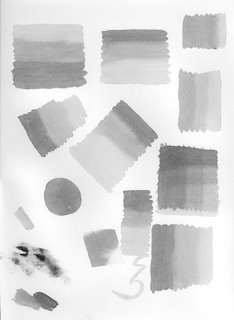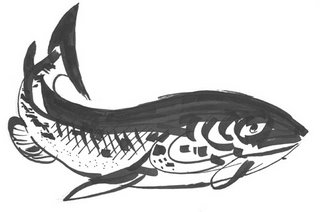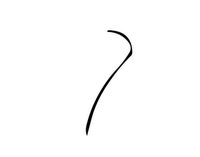I'm using this site as a journal and archive for my own reference as I learn animation on my own.
My first plan of action is to become a better overall artist. At this point in my life, regular art school would be too much but I also don't want to simply follow a book on my own. So, I enrolled in the Famous Artists School Career Art course (I learned about this from reading Mark Kennedy's most excellent, educational
blog). My hope is that it will give me a balance of quality feedback and comprehensive instruction (ie, more than a single community-ed drawing class) at a affordable cost. I'm a little wary of the correspondence method but their
website does a good job of explaining how it works and if it's accurate, it should work out good. They're very up-front about explaining the work involved. Future posts will document my experience for posterity.
While working on the FAS course, I'm also going to start learning animation by following Brian Lemay's Animation Principles book. While his book has you draw the exercises on the paper, I'm adapting it to use with Flash. It's a thorough, step-by-step exercise book and he includes a CD with his version of the completed exercises for comparison.
Beyond this, my plan is to balance actually creating stuff with 'topical' learning (such as acting, filmmaking, etc) and studying movies and other cartoons. Another book I own, Flash Cartoon Animation, takes you step-by-step through completing a short cartoon that I think I'll follow.
If you're happening by this site, any helpful suggestions on the work I upload are
most appreciated.








